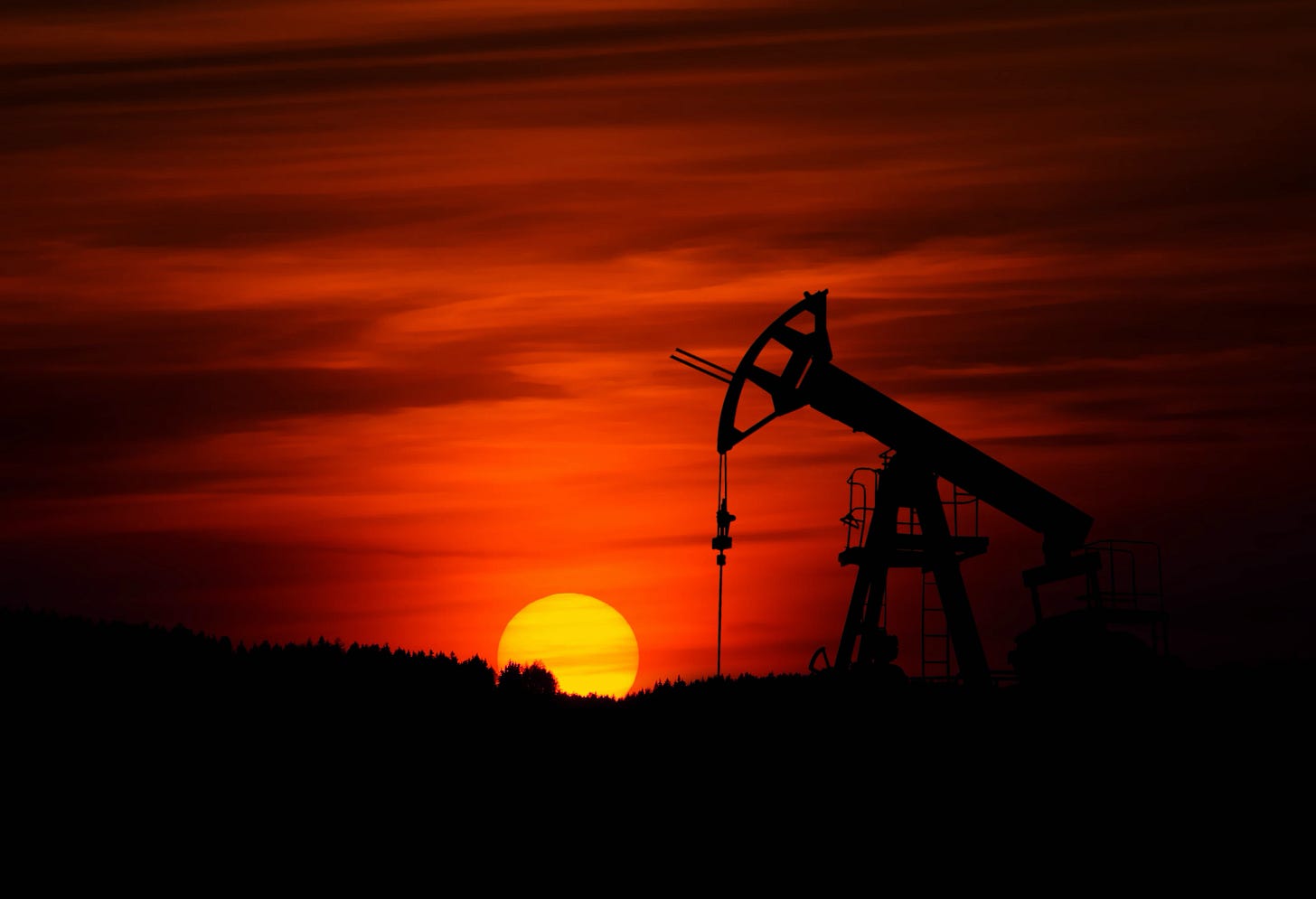Man, oil is stubborn.
Until oil and natural gas top, stagflation is King.
“Successful traders always follow the line of least resistance – follow the trend – the trend is your friend.”
― Jesse Livermore
A quick post:
From a few of my previous posts, you know I’m watching for a confirmed top in commodities to signal a shift in the business / economic cycle. Oil needs to top out, roll over, and confirm a trend change for this to occur. See the following:
Base metals, like copper, and soft commodities such as wheat have confirmed changes in trend.
However, oil and natural gas prices stubbornly remain in up trends. As long as high energy prices weigh on economic activity, the Federal Reserve will continue to tighten financial conditions — they’ve made it clear their focus is on inflation.


What does this mean? Expect interest rates to continue rising and all that is associated with tight financial conditions to continue to worsen — strong dollar, emerging market economic troubles, burgeoning weakness in the US housing market, weakening US economy, etc. See: “Emerging Markets. A Time Bomb?”.
The Federal Reserve is focused almost completely on bringing down the rising consumer price index (CPI). See here and here.
This how how a typical cycle works — the Fed allows the economy to overheat to the point inflation becomes a issue and then they’re late to the game in their attempts to bring rising prices back under control. As inflation becomes a political issue, the Fed will raise rates aggressively, until it is clear inflation has topped out. Unfortunately, tightening financial conditions until an inflation peak is obvious will almost always weaken the economy to the point of recession. Here is a fantastic chart explaining the typical policy cycle (with my own comments attached).1
Here is some evidence showing how the Fed typically “pushes too long” in their effort to combat inflation with tight financial conditions. The chart below shows the YoY change in the consumer price index — the most commonly used measure inflation. The gray shaded areas represent historical recessions. What you’ll notice is that inflation typically does not peak until a recession has already started.
A Federal Reserve focused on lagging CPI data for managing monetary policy is inevitably going to tighten financial conditions too far — even to the point of raising interest rates when the economy is already in a recession. Raising rates during a recession can cause severe economic weakness and rapidly rising unemployment, which leads the Federal Reserve to eventually reverse their policy stance and begin to cut interest rates and loosen financial conditions. This is part of what causes the boom / bust process we see in every economic cycle.
What is the takeaway? As long as energy prices and the YoY CPI growth rate remain high, expect the Federal Reserve to focus on tightening financial conditions and for a weaker economy to follow.
— Brant
Disclaimer: The content provided on the Capital Notes newsletter is for general information purposes only. No information, materials, services, and other content provided in this post constitute solicitation, recommendation, endorsement or any financial, investment, or other advice. Seek independent professional consultation in the form of legal, financial, and fiscal advice before making any investment decision. Always perform your own due diligence.
“Business Cycles.” Learn Economics, https://www.learn-economics.co.uk/The-business-cycle.html.




